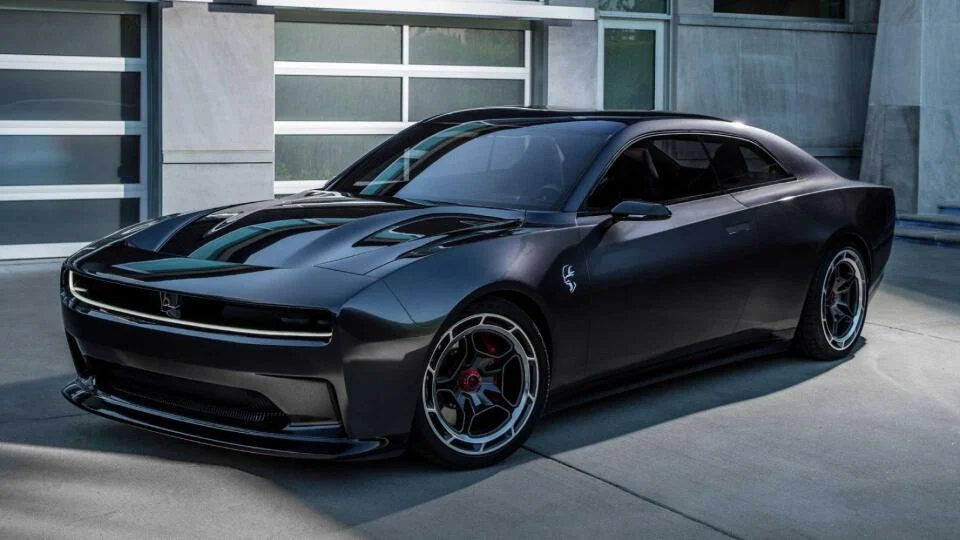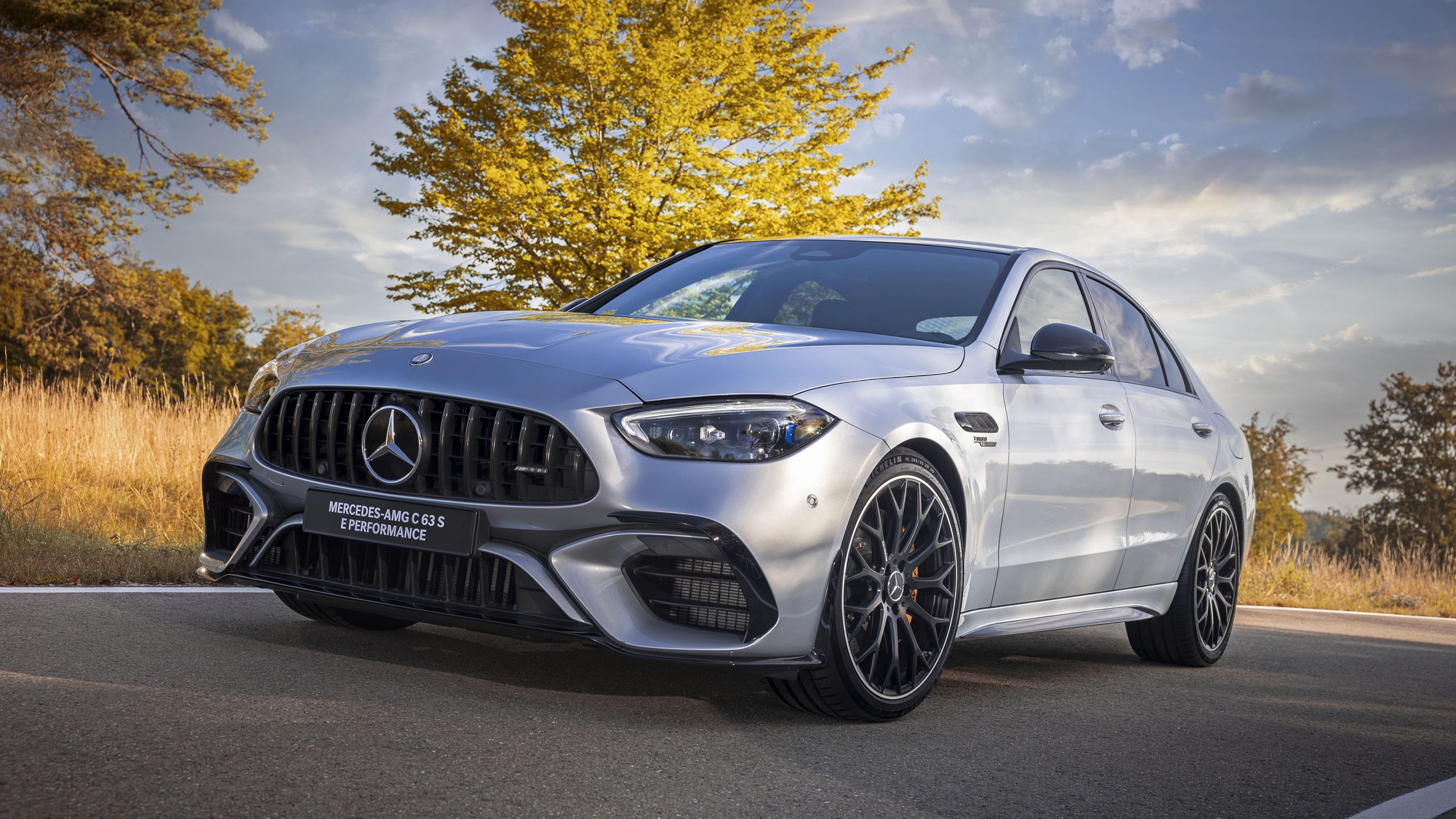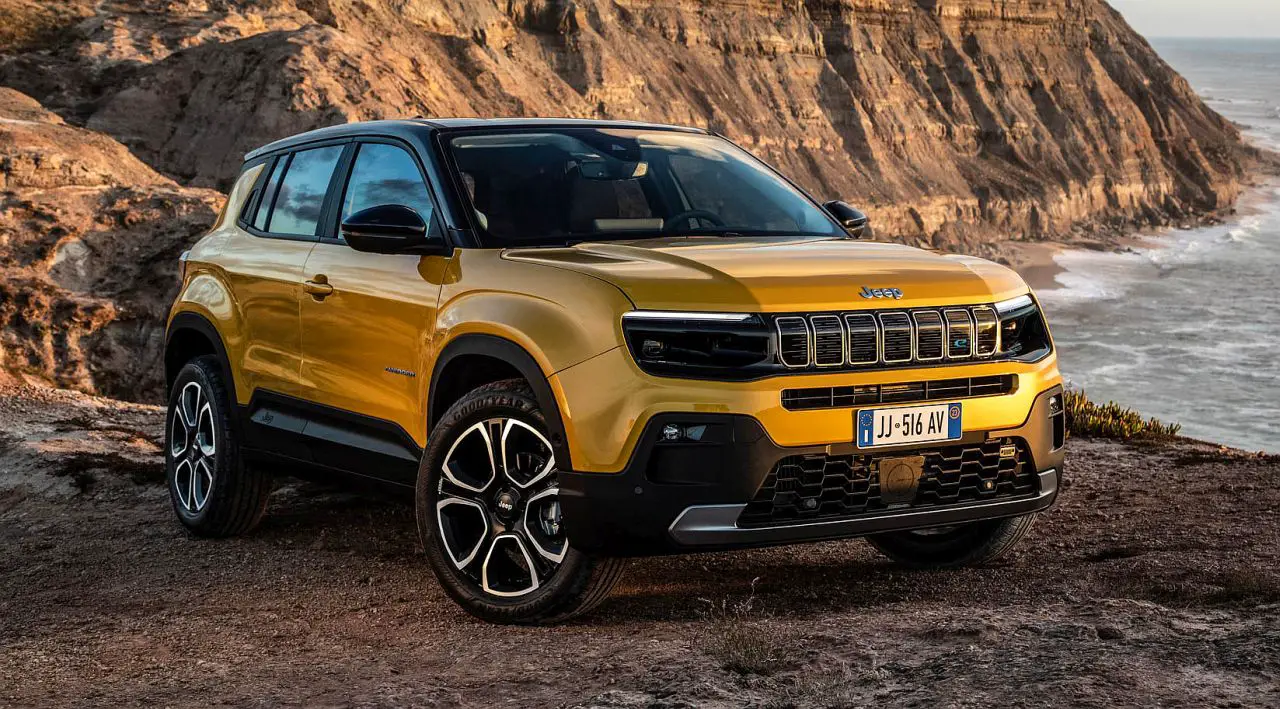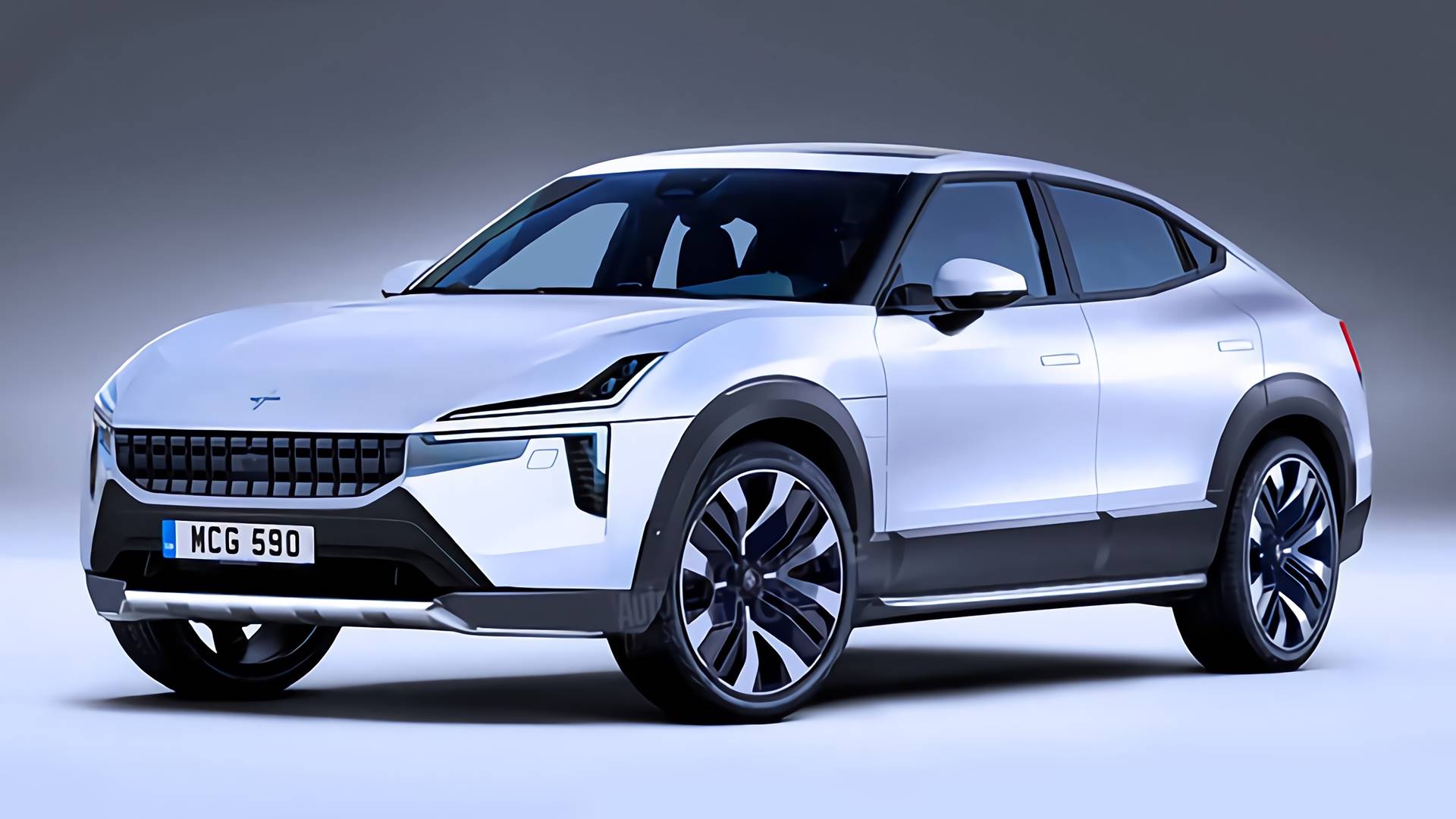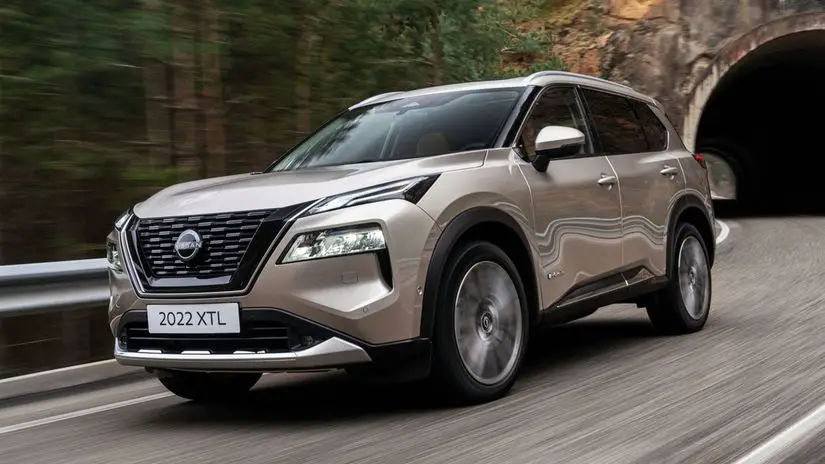The Charger and Challenger are on their way out, but Dodge maintains that it will continue to produce muscle vehicles. This electric coupe intends to continue the tradition. Today, Dodge revealed "the future of electric muscle." The Charger Daytona SRT is an electric performance coupe designed to pick up where the Charger and Challenger have left off. Banshee is the name of the Daytona SRT's 800-volt electrical design. Dodge boasts that it will be faster than a Hellcat, but powertrain specifications are unavailable.
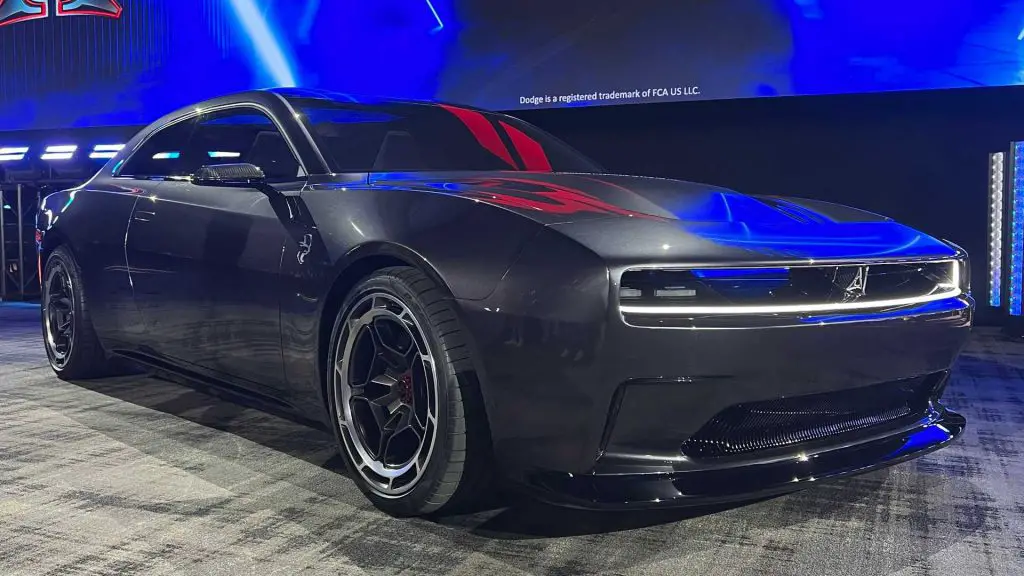
A multispeed transmission, a button that temporarily boosts horsepower, and an "exhaust" system that makes the Daytona SRT as loud as a Hellcat are also added features that make the muscle car experience better. It appears that the era of American muscle cars with powerful V-8 engines and rumbling exhausts will soon fade away gracefully. After 2023, the Dodge Charger and Challenger will no longer be made. Legendary cars like the Chevrolet Camaro and Ford Mustang are also being threatened by electric cars. However, Dodge does not want you to grieve the muscle car yet. The new Dodge Charger Daytona SRT Concept is an electric performance coupe that will continue Dodge's aggressive tradition and become "the future of electrified muscle."
Banshee, its 800-volt electrical design, is the Daytona SRT's beating heart. This provides for faster charging, greater cooling for the electric motors, and lighter wiring compared to the 400-volt architecture utilized by many other EVs. The Porsche Taycan, the Audi e-tron GT, the Hyundai Ioniq 5, and the Kia EV6 are also equipped with an 800-volt architecture. Although Dodge has not yet disclosed performance or powertrain information for the idea, it says that the Daytona SRT will be faster than its Hellcat V-8–powered siblings "in all critical performance metrics." We presume that acceleration and top speed are implied. The 2023 Charger SRT Hellcat Redeye with the Jailbreak package boasts a whopping 807 horsepower, and the Redeye we tested accelerated from zero to sixty miles per hour in 3.5 seconds. A PowerShot pass-through button will provide a short power boost.
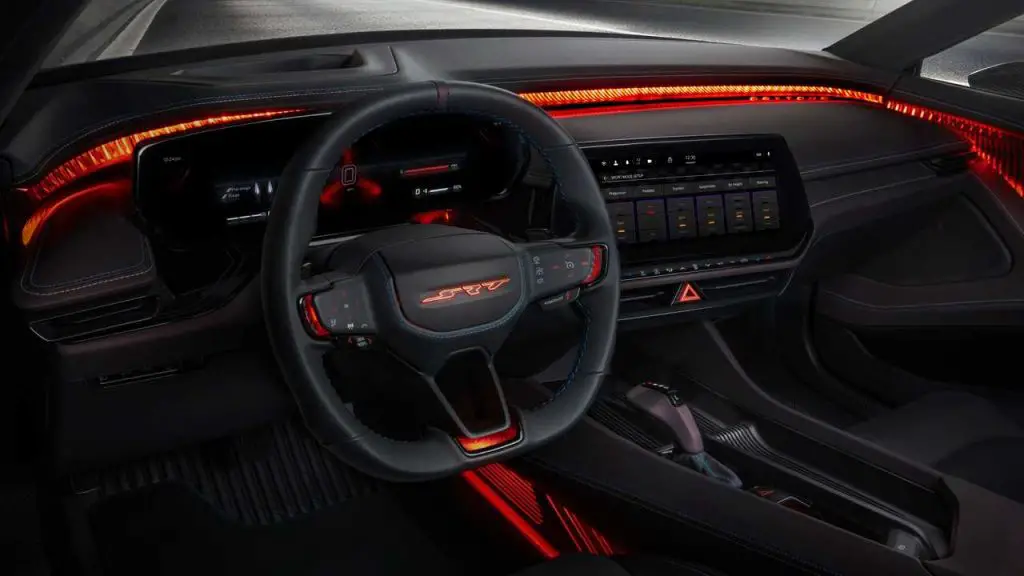
In contrast to its ICE-powered, rear-wheel-drive predecessor, the Daytona SRT has all-wheel drive, as shown by a four-wheel burnout in a teaser video posted in July of last year.It will also have six-piston brakes, and regenerative braking will almost certainly be included. This material has been imported from YouTube. You may be able to find the same content in a different format or additional information on their website.
Dodge has equipped the Daytona SRT with a multiple-speed transmission so that drivers can experience "different shift points." A concept image of the interior suggests that it is likely an automatic transmission, though additional information is scarce. Not only is the Daytona SRT not the first electric vehicle to break from conventional direct-drive systems, but the Taycan and e-tron GT both have a two-speed automatic transmission. It is likely that the Daytona SRT will have a two-speed transmission for greater acceleration and fuel economy, but we cannot confirm this.
However, the most distinctive and ostentatious feature of the Daytona SRT is its exhaust. The almost silent hum of the electric motors is turned into a 126-decibel roar by the Fratzonic Chambered Exhaust. The word "Fratzonic" is a derivative of Fratzog, the name given to the insignia seen on 1960s and 1970s Dodge muscle automobiles. This emblem is back on the Daytona SRT. It is one of the many ways Dodge has tried to give the car a sense of the brand's history.
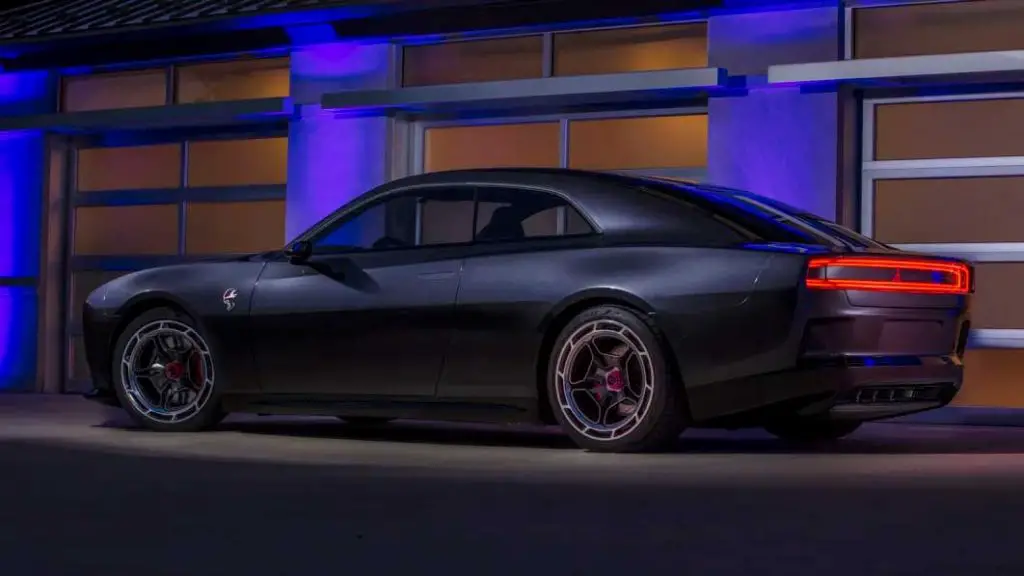
The Daytona SRT includes a front opening called the R-Wing, which was inspired by the towering wing of the original 1969 Charger Daytona, the first NASCAR car to reach 200 mph. With the help of four intakes on the front and back of the vehicle, the R-Wing is meant to improve aerodynamics and add more downforce.Even though the front and back lights and overall shape of the Daytona SRT are clearly based on the current Charger and Challenger, the rest of the exterior is rounded and athletic, like the original Charger.
The Daytona SRT attempts to be somewhat practical despite its evident emphasis on performance and muscle. The mock-ups of the interior appear clean and contemporary, and a hatchback configuration with fold-flat rear seats should provide enough cargo room. On either side of the squared-off steering wheel are paddle shifters that control the Daytona SRT's PowerShot feature and let you choose one of its different drive modes.
The Daytona SRT is an ambitious concept, but it remains to be seen whether it can accomplish all of its stated goals. We won't know whether an electric automobile can also be a muscle car until 2024, when a manufacturing version of the vehicle is released.
